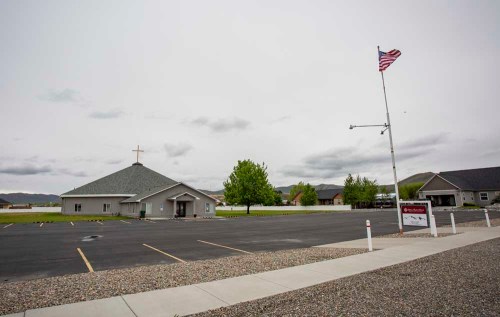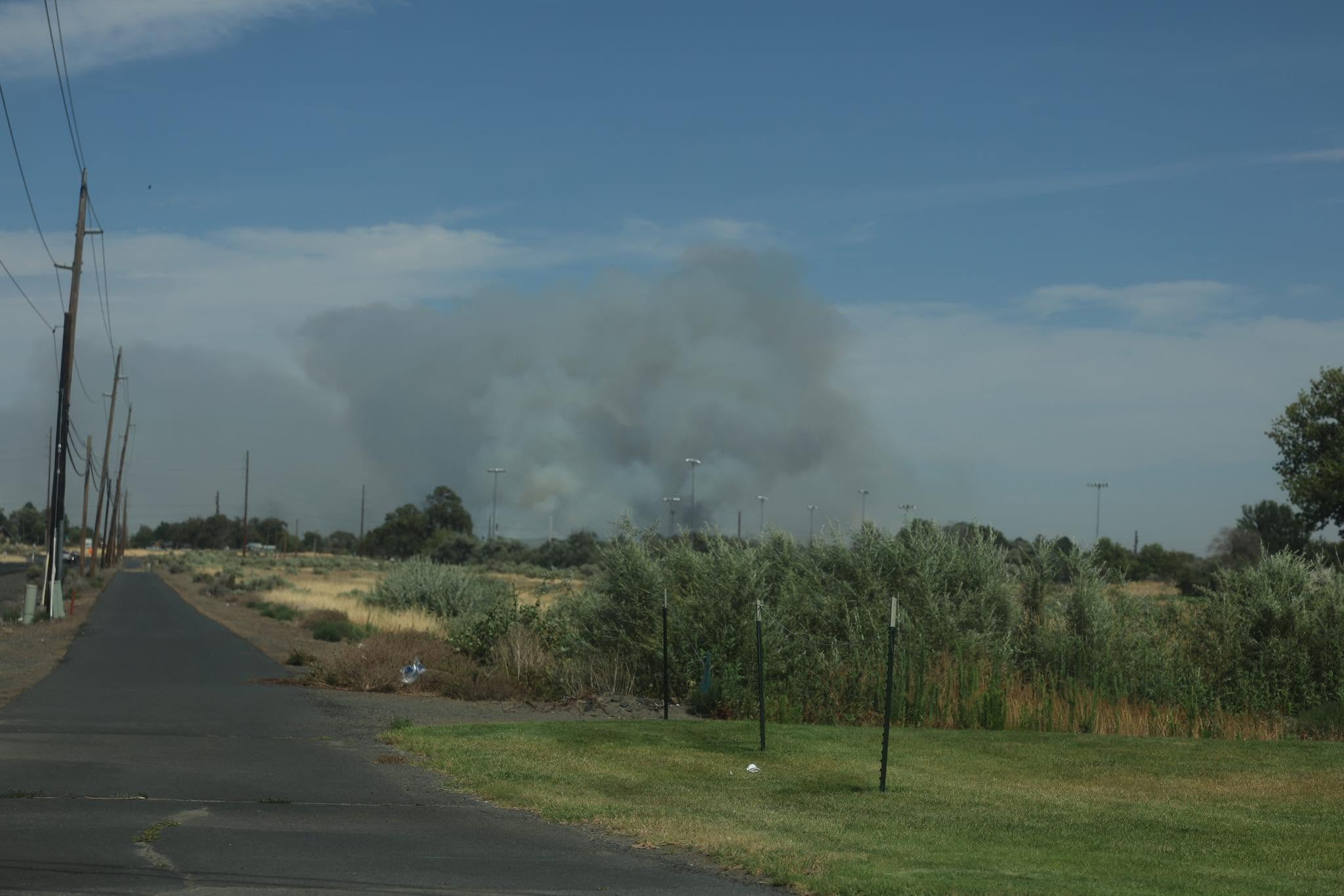Plaintiffs say Oregon governor’s COVID-19 orders have expired
Published 9:45 am Wednesday, June 3, 2020

- A Baker County judge on May 18, 2020, granted a preliminary injunction to 10 churches, including Elkhorn Baptist in Baker City, who sued the governor. The judge ruled Gov. Kate Brown’s restrictions on religious gatherings “null and void’’ because her emergency order due to the coronavirus pandemic had exceeded its 28-day limit.
BAKER CITY — The attorney for the plaintiffs in a lawsuit filed May 6 in Baker County challenging Gov. Kate Brown’s executive orders during the coronavirus pandemic reiterated his claim, in a brief filed Tuesday, June 2, with the Oregon Supreme Court, that the governor’s orders have legally expired.
Ray Hacke, an attorney with the Pacific Justice Institute in Salem, argues that because Brown invoked the state’s public health emergency law, she is bound by its 28-day limit on such emergencies.
Hacke filed a 29-page brief in response to the brief Oregon Solicitor General Benjamin Gutman filed May 28 on behalf of the governor.
The Supreme Court had set a deadline of June 2 for Hacke and another Salem attorney, Kevin Mannix, who represents a group of intervenor-plaintiffs, to file briefs in response. Mannix also planned to file a brief.
At issue is the preliminary injunction that Baker County Circuit Court Judge Matt Shirtcliff granted to the plaintiffs on May 18. The Supreme Court later that day issued a temporary stay that set aside the injunction and allowed the state to continue to enforce the governor’s executive orders restricting some businesses and limiting the size of public gatherings, including church services, to 25 people.
After Shirtcliff declined to withdraw his decision granting the preliminary injunction, the Supreme Court set deadlines for attorneys on both sides to submit written arguments for why the injunction should or should not stand.
The Supreme Court has not given a timeline for oral arguments, or for when it will issue a decision.
In his brief, Hacke addresses the two state laws Brown has cited during the pandemic.
The first is Oregon Revised Statute (ORS) chapter 401. That’s the general emergency law Brown invoked when she initially declared an emergency due the pandemic on March 8. Chapter 401 does not set a time limit on the emergency — it can continue until either the governor or the Oregon Legislature decides to end it.
The second law is ORS chapter 433, which deals specifically with public health emergencies. Chapter 433, which Brown cited in several of the executive orders she issued following the March 8 emergency declaration, has a 28-day limit.
Hacke, as he did during a hearing before Judge Shirtcliff in Baker County Circuit Court on May 14, contends that when two laws are involved, the “newer and more specific provision” is the controlling statute.
Hacke writes in the brief that Brown cannot “treat the time limits imposed under (chapter) 433 as optional.”
He contends that chapter 433, which has the 28-day limit, is more specific because it includes a time limit while chapter 401 does not.
In addition, chapter 433 is newer, passed by the Legislature in 2003 and revised in 2007. Chapter 401 dates to 1949.
Shirtcliff agreed with that reasoning in his decision granting the preliminary injunction.
Gutman disputes that interpretation of the interplay between the two laws. He argued in his May 28 brief that the laws are not in conflict but are instead complementary, and that Brown can invoke an emergency under chapter 401, without time limits, but also use the specific powers granted under chapter 433 without then being limited to the 28 days in that statute.
Hacke countered a contention in Gutman’s brief that the plaintiffs “did not assert a free-exercise claim in their complaint.”
Hacke cited sections in the amended lawsuit contending that one of Brown’s executive orders “at least implicitly impinges on plaintiffs’ free exercise of religion” under the Oregon Constitution.
Hacke also argues in his brief that Brown’s executive orders “have consistently shown hostility toward religion.”
He cited Executive Order 20-25, which limits “faith-based gatherings” to 25 people, regardless of the physical dimensions of the church.
Hacke notes that during Phase 1 of the state’s reopening plan, the governor allows restaurants and bars to determine maximum occupancy while still maintaining social distancing, but doesn’t allow churches to use the same guidelines.
Hacke acknowledged that although Brown signed Executive Order 20-25 after the lawsuit was filed, two earlier orders also fail to treat religious gatherings with the same leniency as secular gatherings.
Hacke concludes his brief by asking the Supreme Court to affirm Shirtcliff’s decision to grant the preliminary injunction, which would block the governor from enforcing executive orders, including those limiting the number of people attending church services.
The Supreme Court could do so for either of two reasons, Hacke argues.
The first reason is the governor’s failure to abide by the 28-day limit that Hacke contends she is bound by.
The second reason, Hacke writes, is that “the severe curtailment of core constitutional freedoms even in areas of the state that have experienced few or no coronavirus cases cannot be further sustained.”
“When wielding her emergency powers, the Governor can and should — nay, must — respect individual liberties to the greatest extent possible,” Hacke writes.
In his brief, filed later this afternoon, Mannix argued that the governor’s broad powers authorized by chapter 401, the general emergency law that has no time limit, do not include the authority to close businesses and churches, or to impose reopening orders on counties. To take those steps, Mannix contends, the governor, as she did, must invoke chapter 433, and her orders based on that law are limited to 28 days.
”Those unique, extraordinary powers of the public health emergency law expire 28 days after the public health emergency is declared,” Mannix wrote in his brief.
“The Governor and the Public Health Director, as well as the Oregon Health Authority, can provided guidance and support as to necessary steps to protect against the spread of the coronavirus,” Mannix said in a press release. “But the Governor does not have the power to close down businesses and churches, or otherwise restrict the actions of Oregonians, beyond the 28 days allowed under Oregon law. If the Governor wants to continue these restrictions she must go to the Legislature, which she has not done.”









